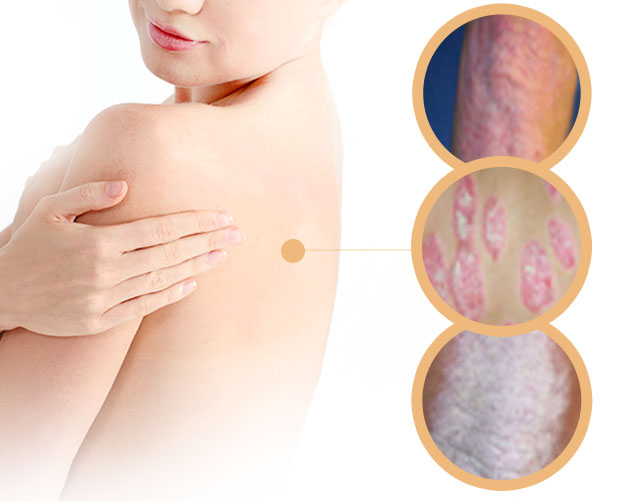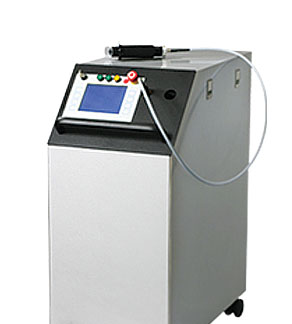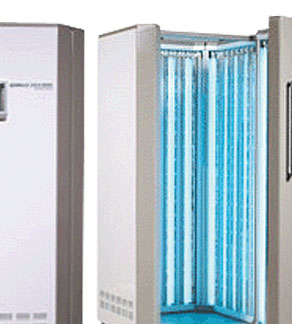Consultation
-
 WahtsApp+82-10-9204-0075
WahtsApp+82-10-9204-0075 -
 Facebook@rnmeskin
Facebook@rnmeskin -
 Online ConsultingGo to Online Consulting
Online ConsultingGo to Online Consulting -
 LINESkin0075
LINESkin0075 -
 KakaoTalkrenewmeskin
KakaoTalkrenewmeskin -
Instagram@renewme.eg
-
TikTok@renewmeskinclinickorea













